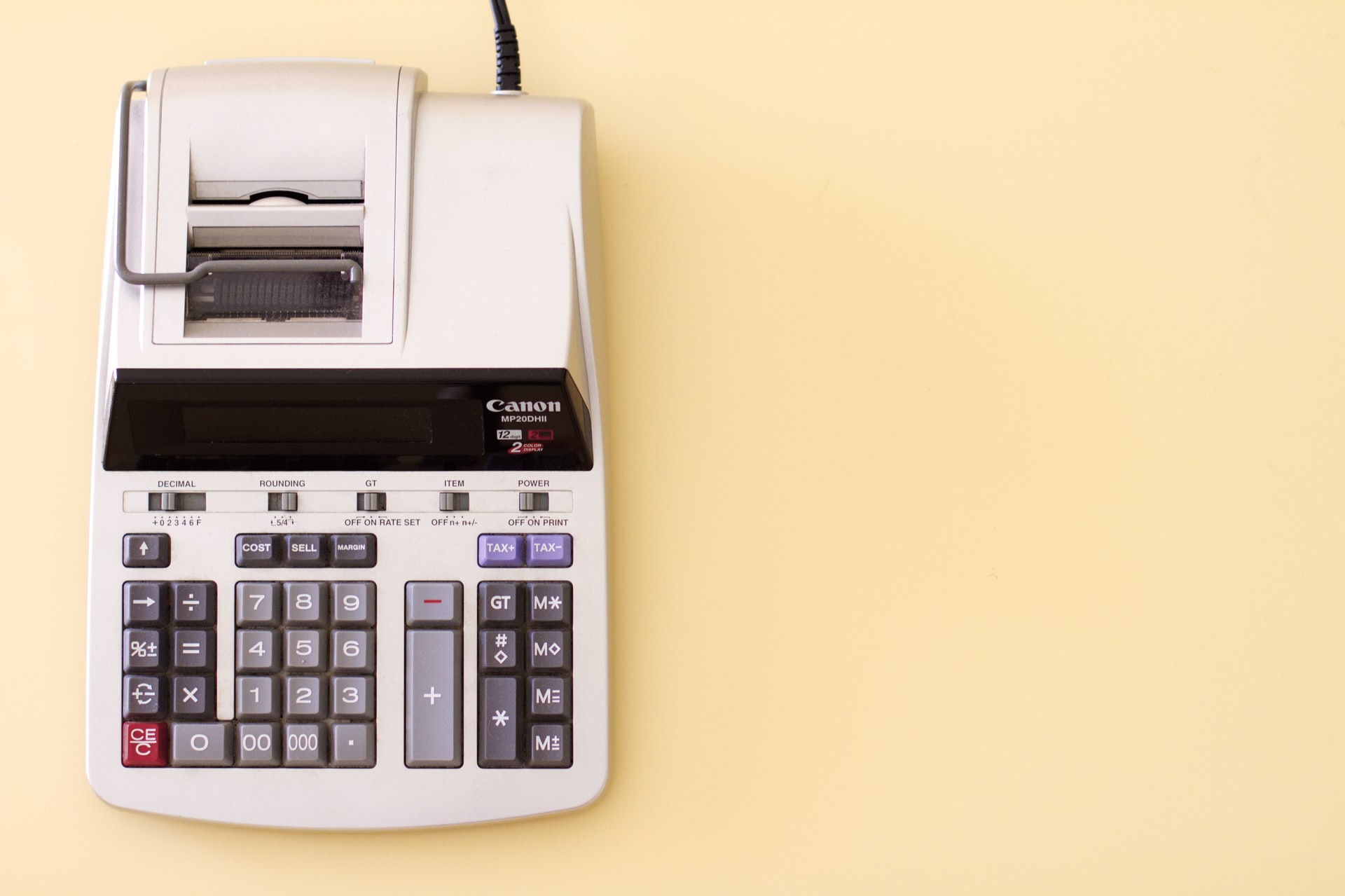When calculating income taxes for small business owners and self-employed individuals it is important to seek out and take advantage of as many legitimate deductions as possible, in order to reduce taxable income, and therefore, the taxes you will need to pay. For those who contribute to a Registered Retirement Savings Account (RRSP), this can represent one of the most significant deductions in a given year, and so it is important to understand how to maximize the benefit of this deduction for tax purposes. Before jumping into how the RRSP tax deduction works, let us first understand the RRSP itself.
Canada’s Registered Retirement Savings Plan
The CRA created the RRSP to encourage Canadians to save for their retirement by offering them tax benefits. There are three important considerations with respect to the RRSP:
- RRSP contribution limit/deduction limit
- Deducted contributions
- RRSP Withdrawals
Annual Contribution Limit
Under this program, the Canada Revenue Agency allows you to contribute 18% of your past year’s earnings or a maximum limit, whichever is less, to your RRSP. For 2020, the maximum RRSP deduction limit is $27,230. You can find your 2020 RRSP contribution limit by accessing your My CRA account online or on your most recent Notice of Assessment.
- 2021 RRSP Deduction Limit: $27,830
- 2020 RRSP Deduction Limit: $27,230
- 2019 RRSP Deduction Limit: $26,500
Timing Requirements
Each year, there is a deadline to observe with respect to your annual contribution. For contributions to be deducted for the 2020 tax year, they must have been made by March 1, 2021. The institution where you have your RRSP will provide a receipt for all amounts you contributed from March 2, 2020, to March 1, 2021, which you will need to keep as evidence of your contribution when filing your 2020 tax return.
How can business owners make the most of their RRSP deductions?
Let’ take the example of Jeremy. He runs a local logistic company in Ontario and is a sole proprietor. Last year was pretty busy as e-commerce transactions shot up. When he calculated his 2020 taxable income, it came to $110,000, on which he will have to pay a 43.41% marginal tax rate. He can reduce his taxable income to $90,200 by contributing $19,800 (18% of $110,000) to his RRSP within the 2020 deadline. This will reduce his marginal tax rate to 31.48% and create a tax savings of $7,715.
The CRA does not include your contributions or any investment income you earn from your RRSP to your taxable income. It also allows you to carry forward your unused RRSP contribution limit to subsequent years. This way, if you were unable to max out your contribution for a previous year, the deficit can be added to your maximum contribution in the following year, allowing you an even greater benefit. Speaking with a financial professional will enable you to better plan your contribution strategy by saving contributions for years where you anticipate a higher income, as further explained below.
As a business owner, you don’t have a fixed annual income. Some years will be better than others with respect to your income. In both cases, you can leverage RRSP’s tax advantage. Let’s take two scenarios.
Scenario 1:
Mary is a self-employed graphics designer. She had a rough 2019, where she earned $50,000. The annual RRSP contribution would have allowed her to contribute $9,000 (18% of $50,000) to her RRSP. But other tax deductions and credits already reduced her tax bill to $5,000. Hence, Mary opted to contribute just $5,000 to her RRSP to bring her tax bill down to $0 for 2019. She can then carry forward the $4,000 unused contribution to 2020.
Now in 2020, everyone went digital. Mary’s business flourished, and she earned $65,000. She can use her 2020 RRSP contribution of $11,700 + the 2019 unused contribution of $4,000 and reduce her taxable salary to $49,300.
Scenario 2:
John is an architect, and he had an average year in 2020 when he earned $70,000. He maxed out on his RRSP contribution of $12,600, but he did not deduct the entire contribution. He only deducted $6,000 from his 2020 taxable income as he was close to getting a large contract. John expects the new contract to increase his 2021 taxable income to $100,000 in 2021.
Hence, John can carry forward the $6,600 of unused RRSP deduction to 2021. Over and above this unused deduction, he can max out on his 2021 RRSP contribution to $18,000 and reduce his 2021 taxable income to $75,400.
Consult With a Financial Professional at Edelkoort Smethurst CPAs LLP for More Information
If you are a small business owner or a self-employed individual and wish to learn more about how to maximize your tax benefits using your RRSP contribution, please contact the Chartered Professional Accountants at Edelkoort Smethurst CPAs LLP at 905-517-2297 or by contacting us online.

